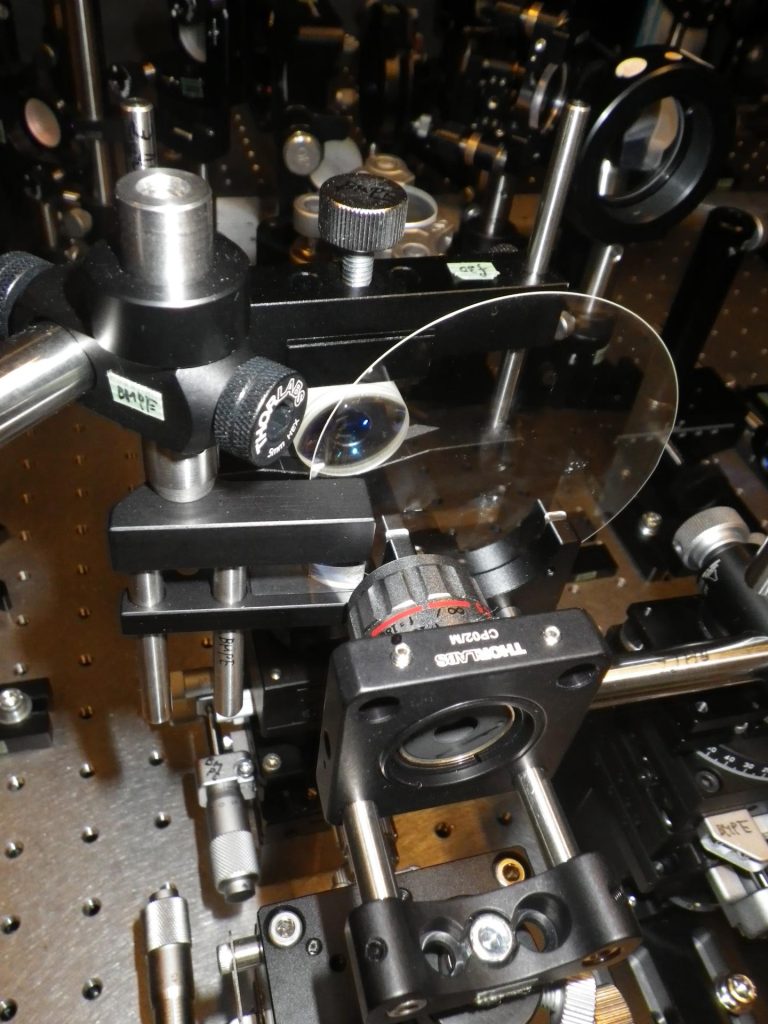In the realm of scientific exploration, the quest for speed and precision knows no bounds. Recently, a groundbreaking achievement has emerged from the laboratories of the Institut national de la recherche scientifique Professor Jinyang Liang and his team have developed a revolutionary ultrafast camera system named SCARF (swept-coded aperture real-time femtophotography). With the ability to capture an astonishing 156.3 trillion frames per second, SCARF transcends the limitations of conventional imaging techniques, opening new frontiers in fields ranging from physics to medicine. In this article, we delve into the innovative capabilities of SCARF, its implications for scientific discovery, and its potential to transform industries worldwide.
Unraveling the Mysteries of Ultrafast Phenomena: Traditional imaging methods have long struggled to capture fleeting events occurring at ultrafast timescales. Sequential frame-by-frame capture, while effective for some applications, falls short when faced with non-repeatable or rapidly evolving phenomena. Enter SCARF, a paradigm-shifting technology that enables single-shot, real-time imaging of ultrafast processes with unprecedented precision. Unlike its predecessors, SCARF employs a novel imaging modality that eliminates the need for sequential frame acquisition, allowing for the instantaneous capture of transient events such as femtosecond laser ablation and shock-wave interactions in living cells.
The Evolution of Ultrafast Imaging: SCARF builds upon the foundation laid by Professor Liang’s earlier breakthrough, the Trillion-frame-per-second compressed ultrafast photography (T-CUP) system. While T-CUP achieved remarkable speeds, it faced challenges related to data quality and field of view limitations. SCARF overcomes these obstacles by employing a dynamic coded aperture that sweeps across the scene without shearing the ultrafast phenomenon, thereby ensuring unparalleled data integrity and spatial resolution. This technological leap represents a quantum leap forward in the field of ultrafast imaging, paving the way for groundbreaking discoveries across multiple disciplines.
Applications Across Diverse Fields: The implications of SCARF extend far beyond the realm of scientific research, with potential applications spanning a wide range of industries. In physics, SCARF enables the study of fundamental phenomena such as ultrafast demagnetization and transient absorption in semiconductors, providing valuable insights into material behavior and electronic properties. In biology and medicine, SCARF holds the promise of revolutionizing diagnostics and drug development by allowing researchers to observe dynamic processes within living cells with unprecedented clarity.
Economic Opportunities and Collaborative Partnerships: Beyond its scientific impact, SCARF represents a significant economic opportunity for Quebec and beyond. Collaborations with industry partners such as Axis Photonique and Few-Cycle aim to commercialize SCARF technology, positioning Quebec as a global leader in photonics innovation. Moreover, the interdisciplinary nature of SCARF research fosters collaboration across international boundaries, with contributions from researchers at institutions such as the Université de Lorraine (France) and Huazhong University of Science and Technology (China).
In an era defined by rapid technological advancement, SCARF stands out as a testament to human ingenuity and innovation. By pushing the boundaries of optical imaging, Professor Liang and his team have unlocked new realms of scientific exploration, offering a glimpse into the hidden world of ultrafast phenomena. As SCARF continues to evolve, its impact on science, industry, and society at large promises to be profound, ushering in a new era of discovery and innovation. With SCARF at the forefront of ultrafast imaging, the future has never looked brighter.
